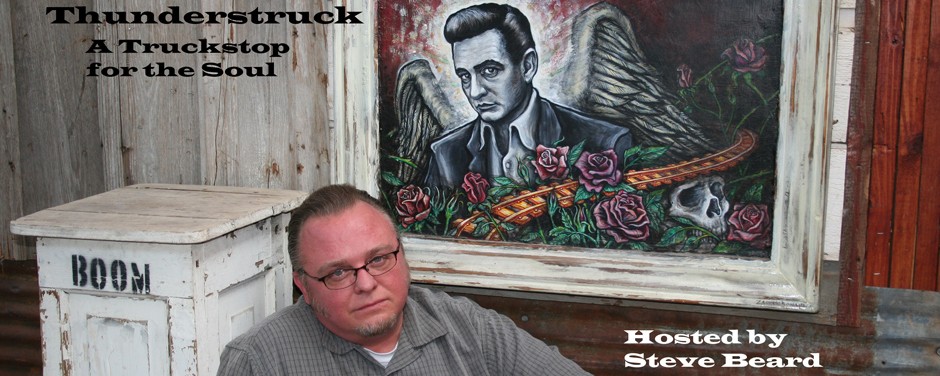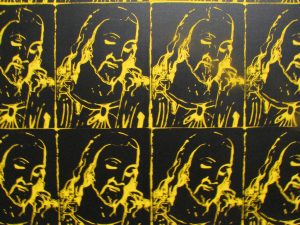Natasha Fraser-Cavassoni was the last employee that Andy Warhol ever hired. She worked at the Warhol Studio and has written After Andy, a notable memoir capturing Warhol’s final days.
“After Andy demonstrates her storytelling chops as the book masterfully winds through anecdotes, scenes and interviews with scores of Warhol’s associates, acquaintances and admirers,” writes Rolling Stone. “It is breezy without ever feeling light, channeling Warhol’s enigmatic presence.”
From Nick Ripatrazone in Rolling Stone: “And it is the puzzle at the center of that enigma which Fraser-Cavassoni captures: Warhol’s Catholicism. At the memorial service, art historian John Richardson eulogized that Warhol ‘fooled the world into believing that his only obsessions were money, fame, and glamor and that he was cool to the point of callousness.’ As a fellow Catholic (like her mother, she attended St. Mary’s Ascot convent school in Berkshire), Fraser-Cavassoni gets Warhol’s religion.
“Almost everyone who remained relevant in Andy’s life was Catholic,” she explains, “whether it was Paul Morrissey, Fred Hughes, Bob Colacello, the photographer Christopher Makos and Vincent Fremont.” She continues: “Being brought up Catholic gives a sense of hierarchical order, discipline and faith. Faith, when embraced, anchors the creative … I think it would also be fair to say that the romantically rich and multi-layered religion that forgives all – lest we forget! – allows unconventional traditionalists.”
****
After Andy captures the artist’s almost otherworldly staying power. “Warhol’s primordial influence was a religious one,” she asserts. “His genius was changing the face of art by mixing it with contemporary flare and timeless technique. Look at the Marilyns, Jackies and other Sixties portraits – the ones termed by Andy as his ‘rainy day paintings’ – the suggestion of sainthood and or martyrdom gives an eternal quality to each subject. Meanwhile, the best of his self-portraits are Christ-like and imply that Catholicism plagued him.” After Andy is an entertaining ride about work, play and the weirdness in-between that creates great art.
To read entire article, click HERE.

